Wind Turbines 101: Understanding How They Generate Energy
Wind mills are an important part of sustainable energy. These towering structures produce electricity by harnessing the force of the wind, making them an essential source of renewable energy. Wind generators generate electricity by transforming the kinetic energy of the wind through the use of blades that spin a generator. They are most commonly found in wind farms, which are groups of turbines that work together to produce significant amounts of energy. Wind turbines are an essential part of the shift to a more sustainable future because they provide a clean, renewable energy source that can help decrease our dependence on fossil fuels.
Table of Contents
How Wind Turbines Work
Wind turbines are machines that transform wind energy into electrical energy that can be used to power houses and companies. They are a type of sustainable energy that is gaining popularity as a means to decrease our reliance on fossil fuels. We will explain the fundamental components of a wind turbine, describe the process of turning wind energy into electrical energy, and cover the various kinds of wind turbines in this piece.
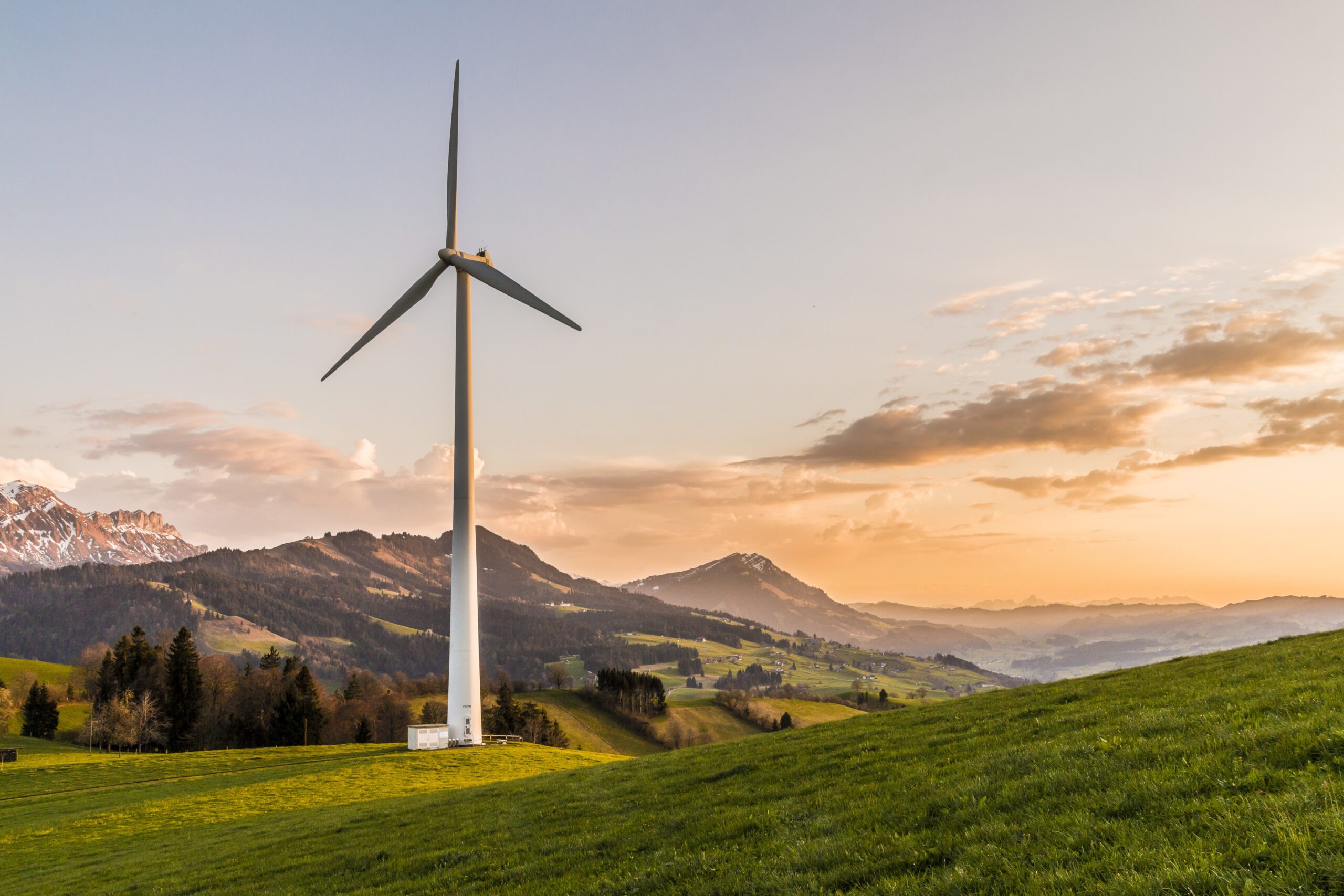
Components of a Wind Turbine
The blades, rotor, engine, mast, and control mechanism are the primary components of a wind turbine. The turbine’s blades are the components that collect wind energy and transform it to rotational energy. When the wind gusts, the rotor is attached to the blades and rotates, moving a shaft that links to the generator. The generator transforms the rotor’s rotational energy into electrical energy, which can then be used to power homes and companies. The structure supports the turbine and raises it into the air to catch the strongest winds, while the management system controls the turbine’s orientation and speed.
Converting Wind Energy into Electrical Energy
When the wind blows and spins the turbine blades, the process of turning wind energy into electrical energy starts. As the blades revolve, they rotate the rotor, which spins the generator’s shaft. The generator then transforms the shaft’s rotational energy into electrical energy, which is then sent to a transformer to boost the voltage before being fed into the power system.
Types of Wind Turbines
Wind generators are classified into two types: horizontal axis and vertical axis. Horizontal axis turbines, which have blades that revolve around a horizontal plane like a propeller, are the most prevalent. These turbines perform better at greater wind speeds and are frequently used in large-scale wind fields. Vertical axis turbines catch wind from any direction and have blades that revolve around a vertical plane. These turbines are frequently used for smaller-scale uses, such as supplying electricity to homes or fields.
Wind mills, in conclusion, are an essential source of renewable energy that can help to decrease our reliance on fossil fuels. We can better comprehend wind turbines’ significance and potential for a more sustainable future if we grasp their fundamental components, the process of converting wind energy into electrical energy, and the various types of wind turbines.
Advantages of Wind Energy
Wind energy is a type of renewable energy that has several benefits over conventional energy sources. The environmental and fiscal advantages of wind energy will be discussed below.
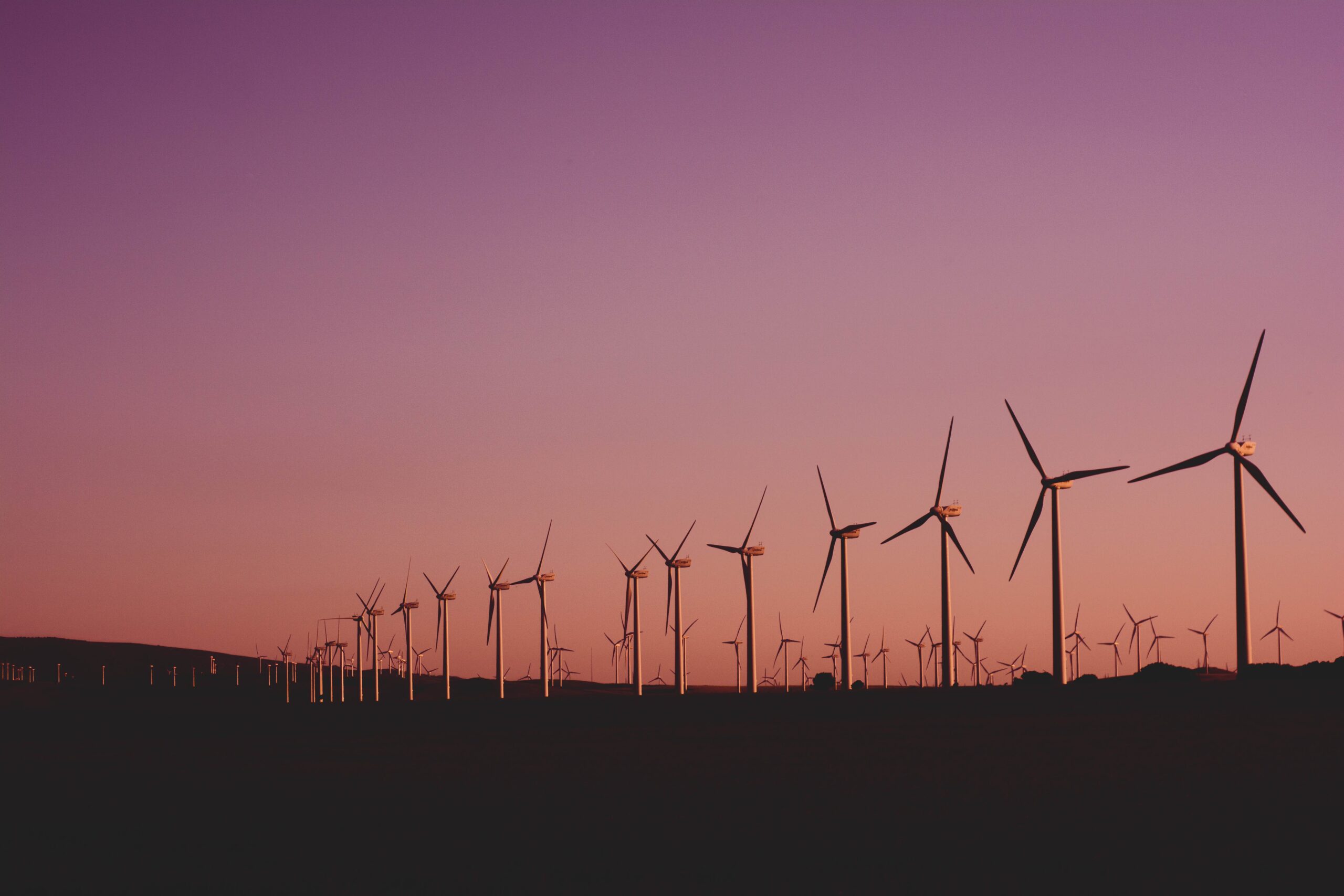
Environmental Benefits
The natural benefits of wind energy are one of its primary perks. Wind energy is a pure, renewable energy source that produces no greenhouse emissions or atmospheric pollution. This implies that wind energy does not add to climate change or health issues caused by air pollution. Wind energy also does not require any water to produce electricity, which is essential in water-stressed regions.
Furthermore, wind energy has a much smaller environmental impact than conventional energy sources. Wind turbines take little space to produce electricity and can be constructed on property that is already being used for something else, such as agriculture. This means that wind energy has the potential to help protect natural habitats while also reducing the effect of energy output on wildlife.
Economic Benefits
Wind energy has numerous fiscal advantages. Wind energy generates employment in wind turbine manufacturing, building, and administration. Indeed, the wind business employs over 114,000 individuals in the United States alone, according to the American Wind Energy Association. This employment development has the potential to significantly boost local economies.
Furthermore, wind electricity has become more affordable in recent years. Wind energy costs have dropped dramatically over the last decade, making it one of the most cheap sources of power in many areas of the globe. Wind energy is thus an appealing investment for companies and governments seeking to lower their energy expenses.
To summarize, wind energy has numerous benefits over conventional energy sources. Wind energy has environmental advantages such as lower greenhouse gas emissions, no air or water pollution, and a smaller environmental impact. Wind energy’s economic advantages include employment creation and cost-effectiveness. Wind energy is an essential component of a sustainable energy future because of these benefits.
Challenges of Wind Energy
Wind energy is a sustainable energy source that has grown in prominence in recent years due to its environmental advantages. However, there are several challenges connected with wind energy that must be addressed in order to guarantee its long-term use.
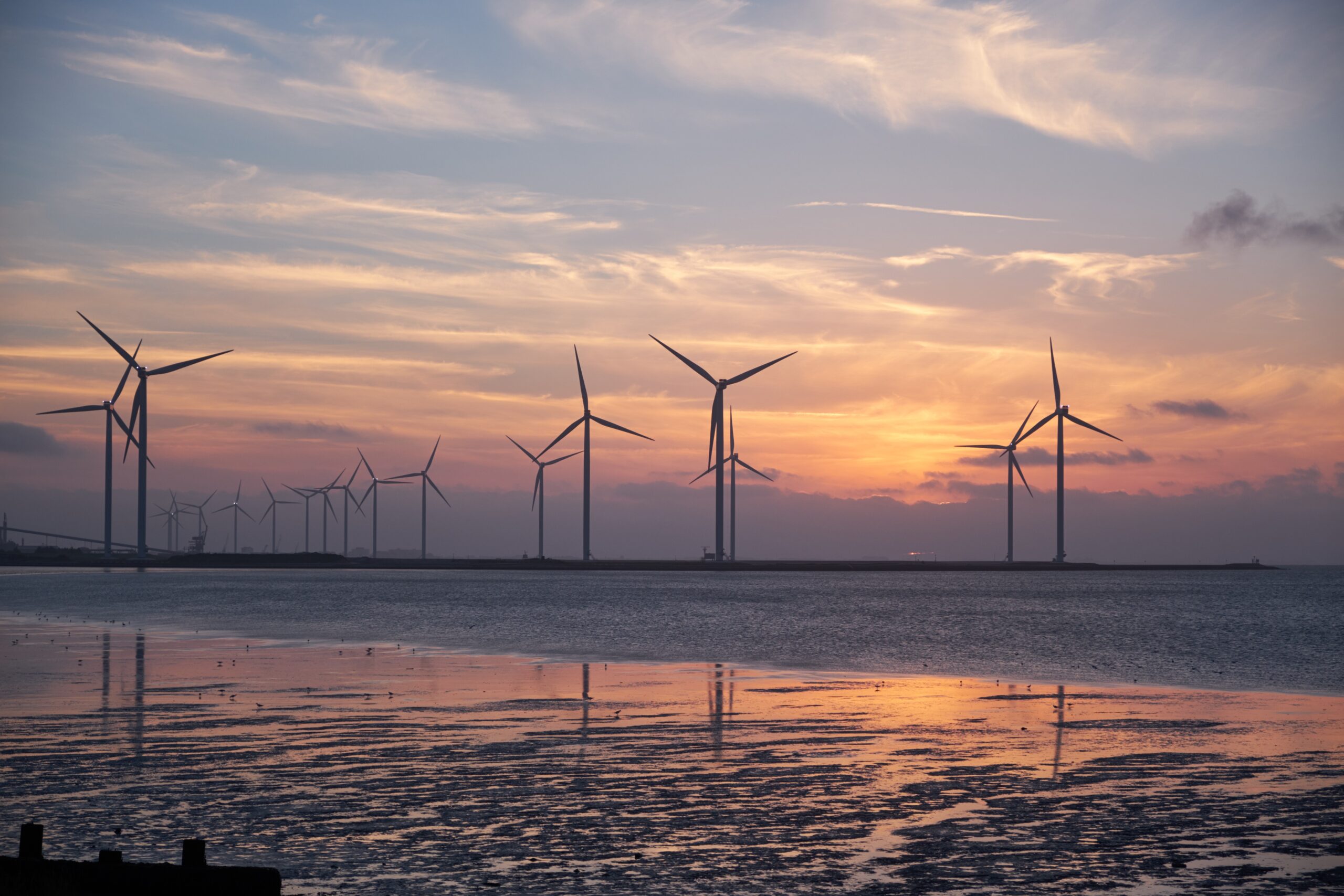
Wind energy’s intermittent nature is one of its main drawbacks. Wind turbines produce electricity only when the wind blows, making wind energy unsuitable as a main source of energy. To address this issue, attempts are being made to enhance energy storage technologies such as batteries, which can store excess energy produced during high wind times and use it during low wind periods.
Another issue with wind energy is noise pollution. Wind generators produce noise that can be bothersome to neighboring inhabitants. Wind turbine makers are creating quieter turbines that generate less noise to solve this issue.
Another issue with wind energy is its visual effect. Wind turbines can be huge and intimidating, which can have an impact on the nearby landscape’s aesthetics. Better siting techniques are being created to handle this issue, ensuring that wind turbines are placed in areas that minimize their visual effect.
Finally, the expense of wind energy remains comparatively high in comparison to other energy sources. To handle this issue, technological advancements are being made to increase the effectiveness of wind turbines while decreasing their cost.
To summarize, wind energy faces a number of challenges that must be handled in order to guarantee its long-term viability. Wind energy costs are being reduced through improved technology and better placement techniques. Wind energy has the potential to become a significant source of sustainable energy in the future with ongoing study and development.
Wind Energy Around the World
Wind energy is becoming a more common renewable energy source around the globe. The Global Wind Energy Council estimates that total installed wind energy capacity will hit 743 GW by the end of 2020, with China, the United States, and Germany heading the way in terms of installed capacity.
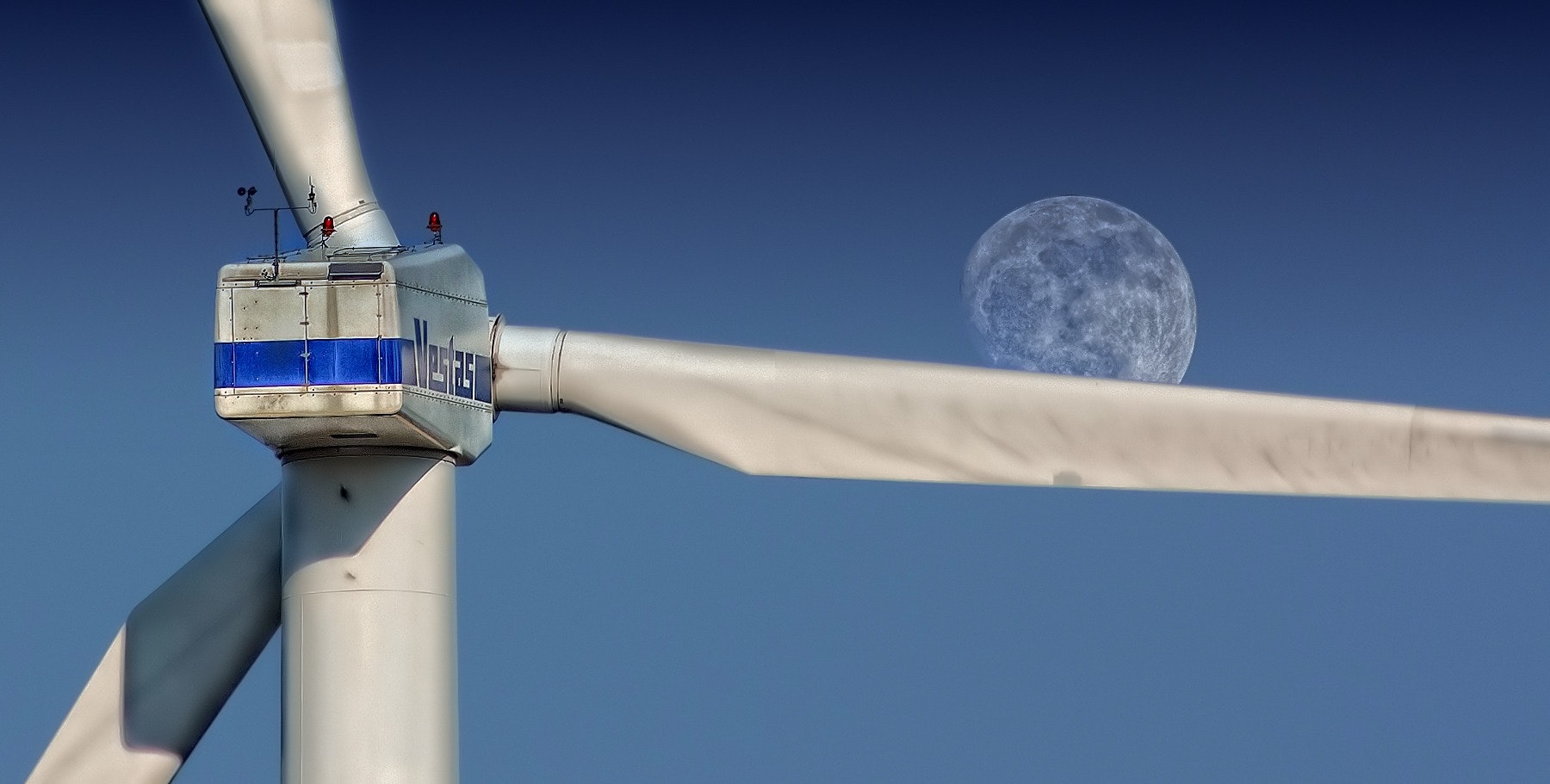
With 281 GW of installed capability, China is presently the world’s biggest producer of wind energy. The United States is close behind with 122 GW, while Germany has 62 GW total capability. India, Spain, and the United Kingdom are among the other nations that have made major advances in wind energy output.
Wind energy has seen a steady rise in installed capacity over the last decade, according to development patterns. Wind energy installed capacity was only 194 GW in 2010, compared to the 743 GW added by the end of 2020. Wind energy is anticipated to account for 30% of global electricity output by 2050, according to the International Energy Agency.
Wind energy, in general, has become an important component of the global energy balance, offering a pure and renewable source of power. Wind energy will likely continue to play an increasingly important role in fulfilling the world’s energy requirements as technology improves and prices fall.
Conclusion
To summarize, wind energy is an essential renewable energy source with the possibility for future growth. Wind energy has many advantages, including the ability to decrease greenhouse gas emissions, generate employment, and provide a reliable supply of electricity. Wind energy has the potential to play a major part in satisfying the growing demand for clean energy.
Wind energy has grown rapidly in recent years, with worldwide total capacity exceeding 600 GW in 2019. Wind energy is anticipated to expand further, with projections indicating that it could provide up to 20% of worldwide electricity by 2030.
However, there are still issues that must be addressed before wind energy’s complete promise can be realized. These include grid integration, storage, and the effect on animals and the ecology. Addressing these issues will necessitate ongoing investment in R&D as well as cooperation among business, government, and other players.
Wind energy, as a whole, has the ability to play a major part in the shift to a more sustainable and low-carbon energy system. We can help to create a greener, healthier, and more affluent future for all if we continue to engage in this essential form of sustainable energy.

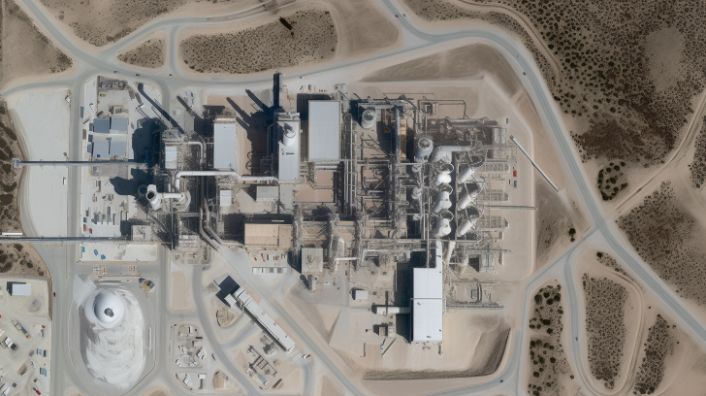
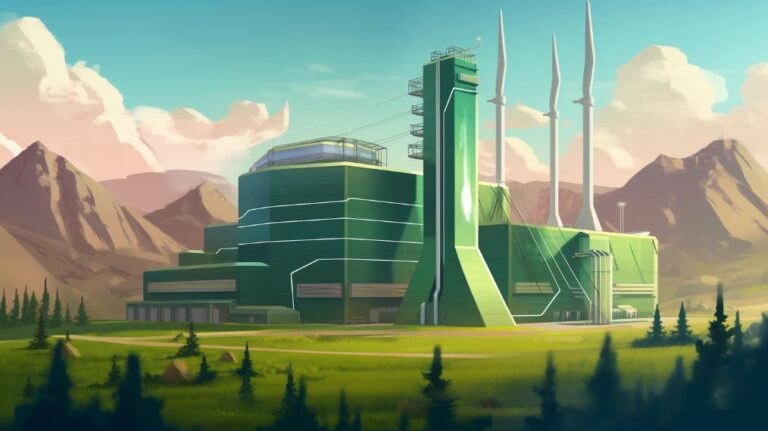
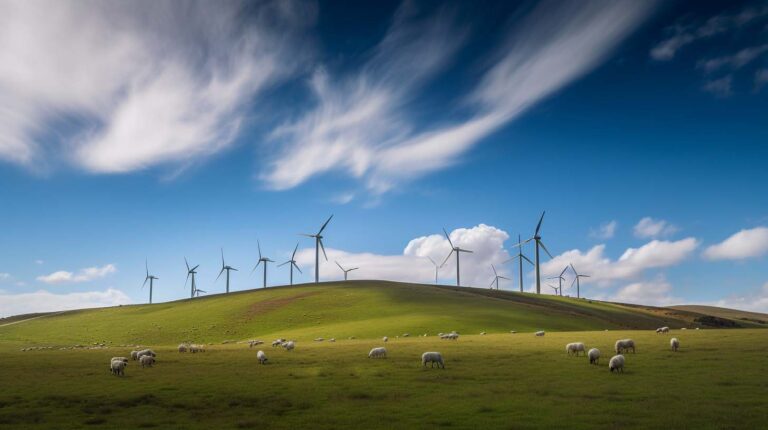
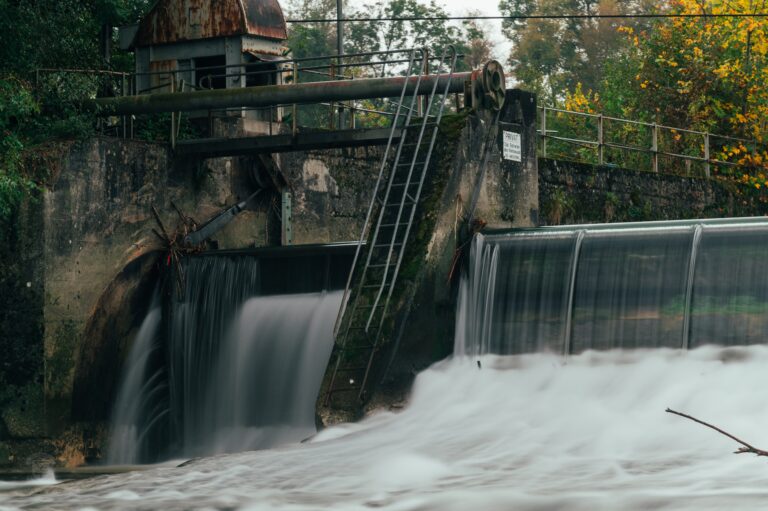
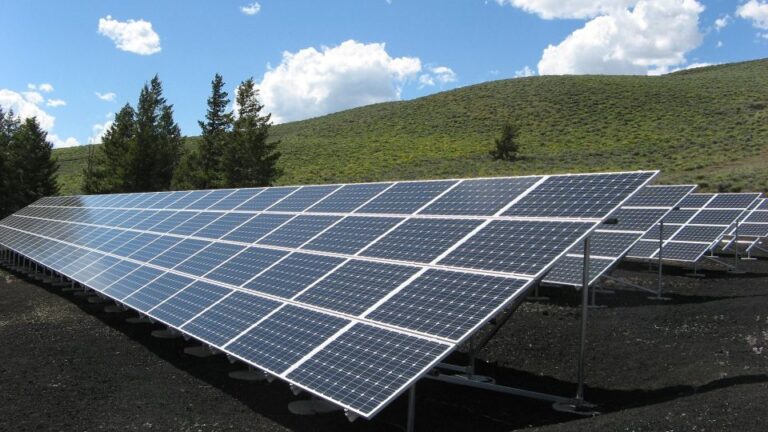
One Comment